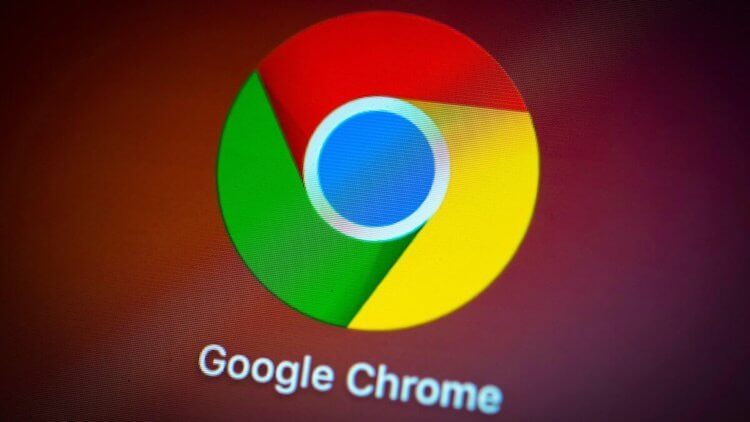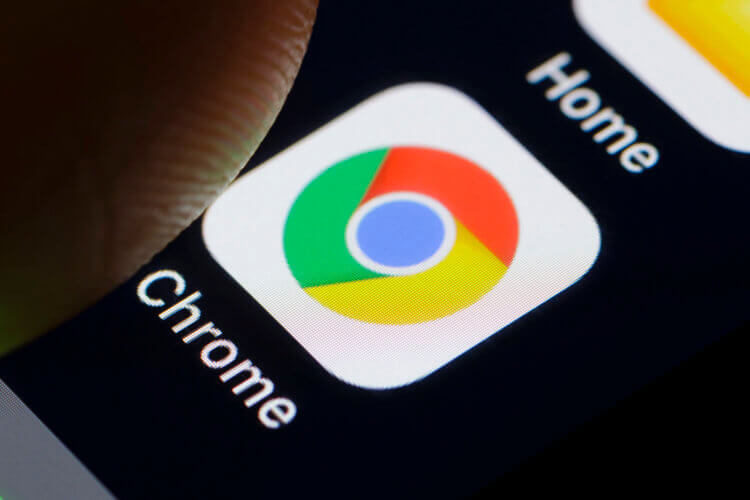The fact that the world is gradually going crazy, inventing new, often invented reasons for collisions, is no longer in doubt. We will not speculate for the hundredth time about whether it is worthwhile to once again stir up a scandal over the fact that one single policeman killed a black guy. It is a fact that such events often lead to clashes and civil unrest. This, in turn, changes the usual course of things. Once again, this happened and companies like Google even began to change their products. This time the changes concern the most popular browser Google Chrome, in which they want to bring the fight against intolerance to the point of absurdity.

So the changes came to Chrome.
Google will give up black and white lists
Over the past few weeks, protesters around the world have spoken out against all forms of racism and proudly proclaimed that “Black life matters”. Google has become a supporter of the Black Lives Matter movement (protesters with such posters) and protests in general. Now the Chrome team is starting to eliminate very subtle forms of racial intolerance. It looks, to put it mildly, strange, but it fits into the behavior of the world's IT giants in recent times. Nobody says that it is bad to fight this phenomenon, but the way companies go to this, breaking the usual functions, sometimes goes beyond the boundaries of good and evil.
Since October last year, Google Chrome – more specifically the open source Chromium project – has included a recommendation in its official coding style guide on how to write 'racially neutral' code. The document clearly states that Chrome and Chromium developers should avoid the words 'blacklist' and 'whitelist' in favor of the neutral terms 'blocklist' and 'permissions list'.
Terms such as blacklisting and whitelisting reinforce the notion that black is bad and white is unambiguously good. This is what the company is now guided by in order to remove all hints that someone's dignity is a priori lower than another.
When Google started changing Chrome
Google has already made some progress along this path in replacing the 'blacklist' with a 'blocked list' and as early as May 2018, efforts were made to remove such a name from users in Chrome. However, Chrome's internal code still contains many links to blacklists, including a whole section of code called 'components / blacklist'.

There will be no more blacklist.
In light of recent protests against racism and police brutality, at least one Chromium developer has made a commitment to justify Chrome's desire for racially neutral code. A new code change has been introduced that attempts to safely replace every possible mention of the words 'blacklist' without breaking any part of the browser, with the ultimate goal of renaming 'components / blacklist' to 'components / blocked list'.
Blacklist becomes Blocklist
In the English version, the old name is written as “Blacklist”, but it is planned to change it to “Blocklist”. That is, only one letter will formally change, but for this it is necessary to rewrite a large amount of code so that all components correspond to each other and there are no difficulties with the operation of the final product. In particular, no one will like it if the browser at some point freezes or throws a critical error that occurs due to the inconsistency of names in different parts of the code.
It is reported that the number of such references in the code exceeds 2,000. All of them should be replaced with another name. Taking into account that the program is a complex built and ordered mechanism, it is not corrected just like that through the function “find and replace” and it is necessary to work more thoroughly. We'll have to almost manually work through all the points related to each mention.

To make Google Chrome work differently, you will have to change a lot.
One thing is clear for sure – the company is unlikely to abandon this path and will continue to pursue its intended goal. Moreover, she is very active in supporting the mood of the protesters and is very tough on the position of combating racial intolerance.
Do I need to change something in Google Chrome
It may seem to many that Google is going a little overboard in its quest to make the world a better and fairer world, but it doesn't.
In fact, it really doesn't make much sense. The fact that something bad gets on the “black list” does not mean that one should associate it with specific people. So you can get to the point of absurdity and start talking about the need to abolish such phrases as “black stripe in life”, and also refuse to mention the word “black” in the name of the colors of cars and smartphones. Also, what about the traditional symbol – the black mourning ribbon?
Protecting the rights of citizens is very good, but the main thing in it is not to reach the point of absurdity, when it becomes unclear what the company is doing: defending ideological beliefs or pure PR, which is no longer as good as the original goal.
